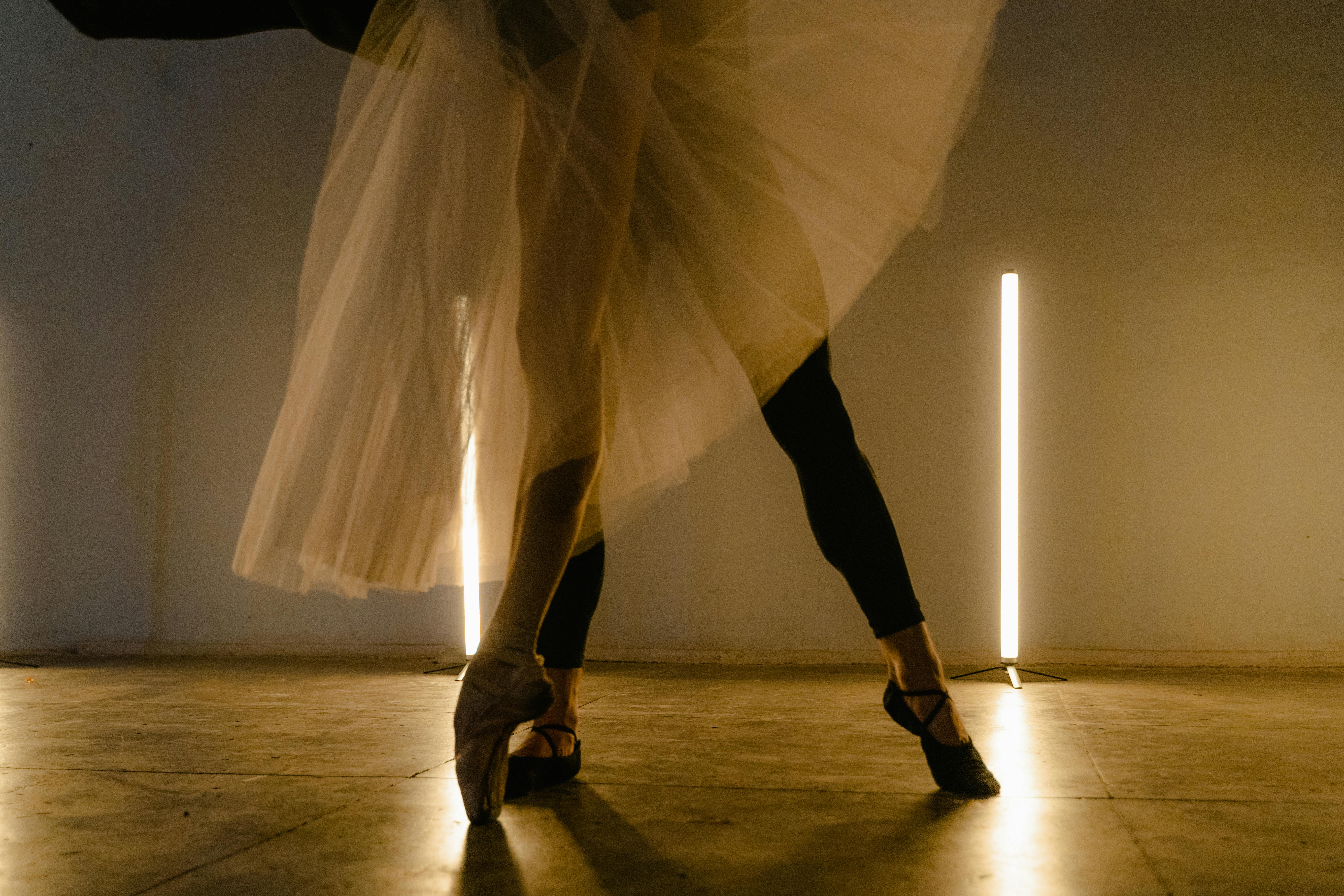Choreographed Storytelling: The Untold Influence of Dance in Cinema
Imagine a world where words are replaced by movements, where emotions are conveyed not through speech but through dance. This is the realm of choreographed storytelling in cinema, a relatively unexplored facet of the film industry that has quietly shaped and redefined cinematic narratives.

A Step Back in Time: The Foundations of Dance in Cinema
In the early days of cinema, the incorporation of dance was seen as a natural extension of the theatrical tradition. Silent films relied heavily on physicality to convey narratives, and dance, with its expressive movements, proved an ideal medium. From Fred Astaire and Ginger Rogers’ synchronized tap routines to Gene Kelly’s rain-soaked waltzes, dance played a significant role in the evolution of film. Yet, the depth of its influence has remained largely unexplored.
The Ballet of Emotion: Dance as a Narrative Device
In recent years, directors have begun to recognize dance as more than just a visually pleasing interlude. It has become an innovative narrative tool, capable of expressing complex emotions and advancing plotlines. Take, for instance, the dance sequences in “Black Swan,” which used ballet to delve into the protagonist’s descent into madness, or the interpretive dance scene in “The Shape of Water,” which transcended language barriers to communicate a profound love story.
Current Trends: Choreography Making Waves in Contemporary Cinema
Recently, dance has taken center stage in several critically acclaimed films. In “La La Land,” a contemporary musical, choreographed sequences were key plot drivers, reflecting the characters’ emotional arcs. Similarly, “Parasite,” the Oscar-winning South Korean film, used a simple, rhythmic hand gesture as a recurring motif, subtly underscoring themes of class division and deception. These examples showcase the innovative ways dance is being utilized in modern cinema.
Dance in Cinema: Impact and Reception
The integration of dance into film narratives has been largely well-received, with critics praising its ability to add layers of depth to storytelling. By employing dance as a narrative device, filmmakers can convey emotions and themes more subtly and effectively. This approach has the potential to create a more immersive viewing experience, engaging audiences on a visceral level.
Conclusion
As we look to the future of cinema, it’s clear that dance will continue to shape and redefine narratives. Its power to communicate without words, to tell stories through movement, is a tool that filmmakers are increasingly harnessing. And as audiences, we are all the richer for it. The dance of cinema is a dance we are all invited to join, a dance that tells us stories in a language we can all understand.





